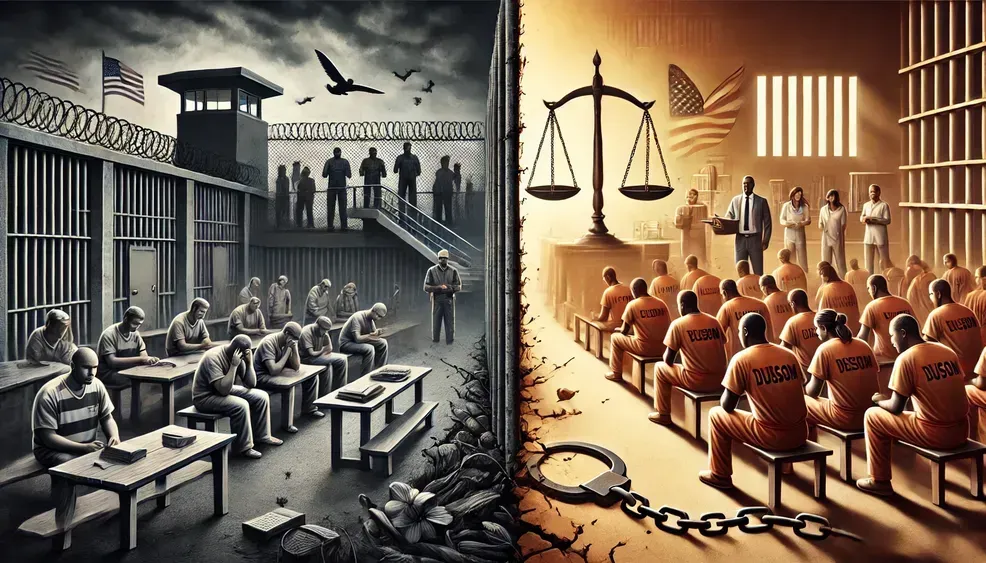The criminal justice system in the United States impacts every aspect of society, but no branch has a more far-reaching effect than the federal system. Federal laws apply to every citizen, and violations often lead to long-term incarceration in the Federal Bureau of Prisons (BOP). Today, more than 168,000 individuals are held within the BOP’s facilities.
How these inmates are treated during their incarceration plays a critical role in determining their path after release. Unfortunately, the U.S. holds the worst recidivism rate in the world. The data is clear: the current approach is failing. Instead of fostering rehabilitation, the system is designed to ensure former inmates remain trapped in the cycle of crime and imprisonment.
The Reality of Recidivism: A Public Safety Crisis
Recidivism isn’t just a statistic—it represents new crimes being committed. When an individual leaves prison without the tools for reintegration, they do not reenter society as productive citizens. Instead of becoming the electrician, plumber, or HVAC technician a community needs, many return to criminal activity out of desperation and lack of opportunity. A failing BOP doesn’t just harm inmates; it endangers the public.
The solution does not require additional funding or sweeping legislative changes. What is needed is competent management. The BOP must overhaul its approach and shift its focus toward rehabilitation. The evidence is overwhelming: punitive models do not reduce crime—rehabilitative models do.
Ending the "Punishment First" Model
The BOP operates under a deeply flawed philosophy that prioritizes punishment over rehabilitation. Rather than treating individuals with dignity and fostering an environment that encourages personal growth, the agency imposes widespread collective punishment. When a handful of inmates engage in misconduct, the response is often sweeping and indiscriminate, punishing all. This not only fails as a deterrent but actively breeds resentment, despair, and hostility—fueling the very behaviors the system aims to prevent.
The BOP's policies are reactive, lacking foresight into their long-term consequences. Over the years, prison amenities that once offered constructive outlets—such as education, job training, and even basic recreational activities—have been stripped away. Deprived of positive engagement, inmates are left with nothing to lose, often turning to gangs and contraband for survival. This environment of hopelessness is not accidental; it is the predictable outcome of decades of mismanagement.
Fixing the BOP: A Call to Action
Reforming the BOP is not about being lenient on crime—it is about ensuring that individuals who leave the system are less likely to commit new offenses. This is a matter of public safety, fiscal responsibility, and basic human dignity.
Solutions:
- Implement Rehabilitation-Based Policies: Shift away from punitive measures and focus on evidence-based rehabilitation programs that reduce recidivism.
- End Collective Punishment: Hold individuals accountable for their actions without imposing blanket sanctions that harm rehabilitating inmates.
- Restore Educational and Vocational Training: Provide inmates with skills and certifications that translate into real employment opportunities upon release.
- Improve Mental Health and Addiction Treatment: Address the underlying issues driving criminal behavior through proper counseling and medical support.
- Increase Transparency and Oversight: Establish independent reviews and accountability measures to ensure BOP policies prioritize public safety over bureaucratic inertia.
- Encourage Family and Community Ties: Facilitate visitation, correspondence, and transitional programs to strengthen support systems post-release.
The cost of inaction is too great. Every failure of the BOP translates into more crime, more victims, and a heavier burden on taxpayers. It is time to demand a justice system that works—for inmates, for communities, and for the future of our society.
